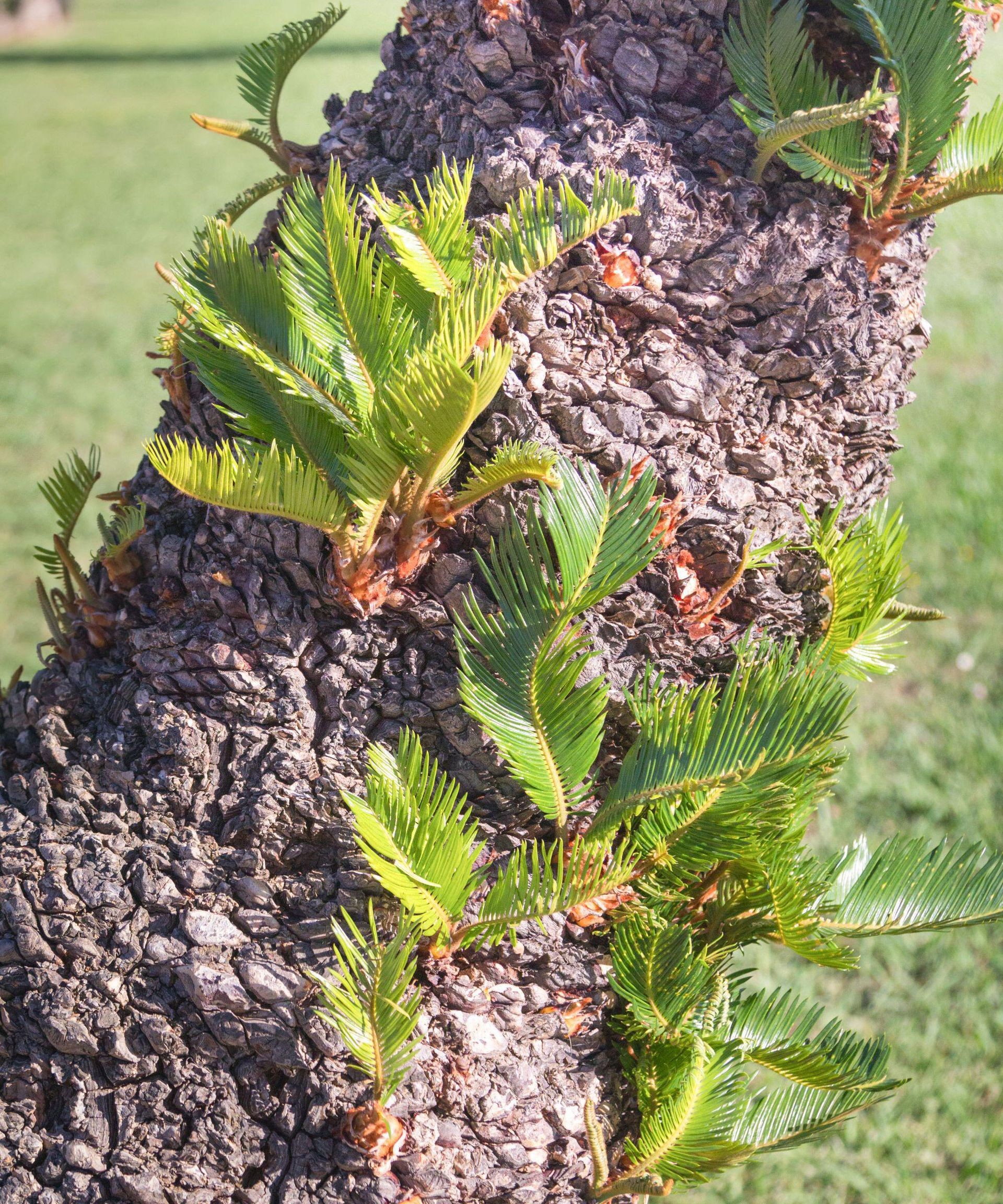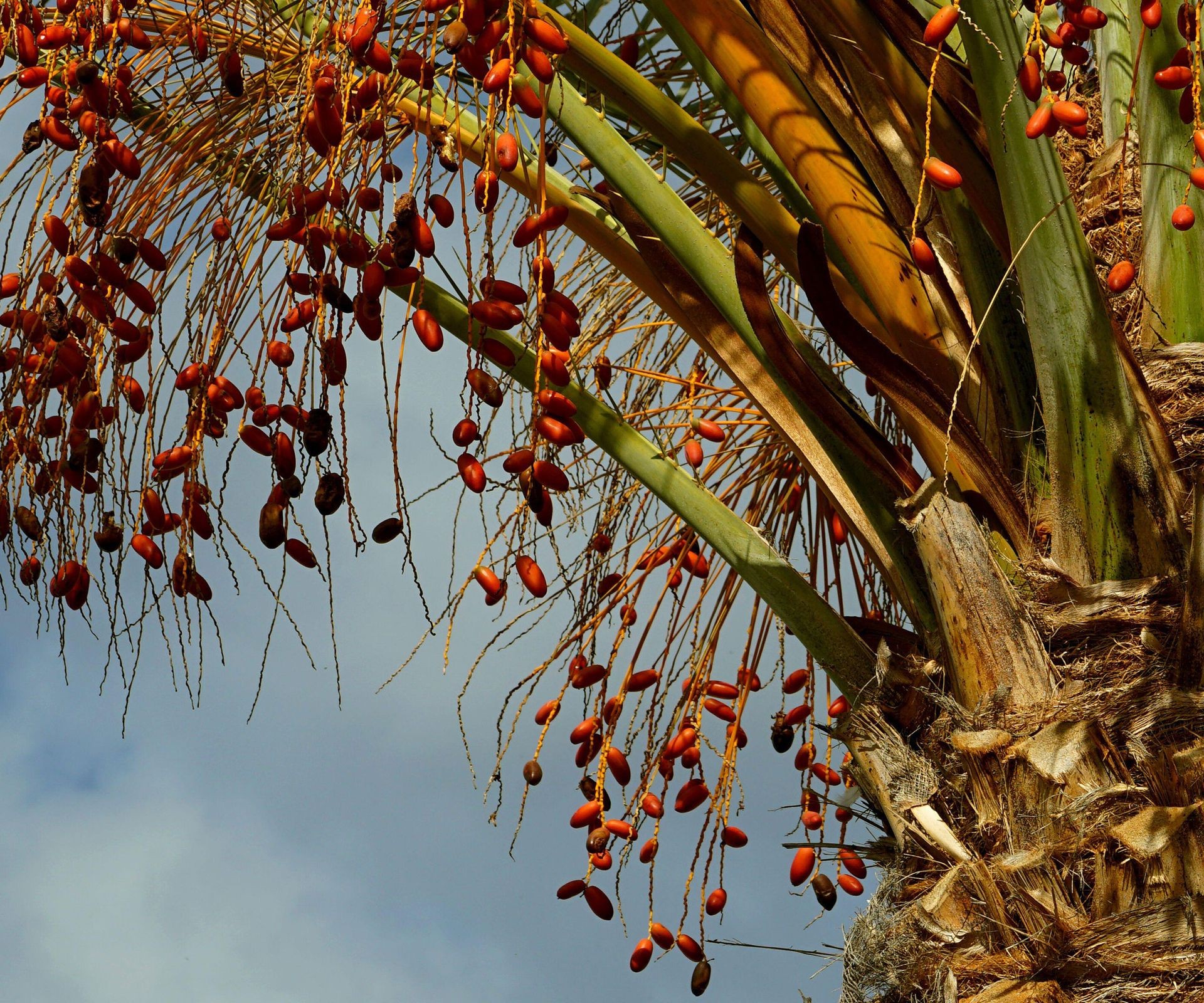No products in the cart.
NEWS
Mastering Date Palm Care: Your Guide to Healthy & Productive Trees
Date palms (Phoenix dactylifera) stand as iconic symbols of warm climates, renowned not only for their striking architectural beauty but also for their delicious and nutritious fruits. If you’ve ever dreamed of cultivating these magnificent trees, you’re not alone. However, successful date palm care requires understanding their specific needs. While mature date palms are impressively resilient, especially concerning heat and drought, giving young trees and those intended for fruit production the right attention from the start is crucial for long-term health and vigor. As someone deeply involved in nurturing plant life and creating content for Biogarden.asia, I’ve seen firsthand the rewards of providing these noble trees with the care they deserve. This guide delves into the essentials, helping you cultivate a thriving date palm, potentially laden with fruit, that enhances your landscape for years to come.
Essential Date Palm Care Practices
Caring for a date palm might seem straightforward given their tough reputation, but they have specific environmental and nutritional requirements rooted in their desert origins. Beyond just sunlight and water, optimal growth hinges on proper feeding and protection. Let’s break down the fundamental elements of effective date palm management.
Light and Temperature Requirements
Date palms absolutely love the sun. To flourish and produce fruit, they need a location that provides full sun exposure for at least six hours daily. While they can tolerate a little shade, they are highly sensitive to cold and wind. These are truly heat-loving plants. For survival, temperatures must remain above 20 degrees Fahrenheit (-6°C). However, for the vital process of pollination to occur, temperatures ideally need to reach 95°F (35°C) or higher. The fruit develops best in dry, hot conditions with warm nights, reflecting their native desert environment.
Watering Needs
Despite their drought tolerance once established, water is vital for date palms, particularly for fruit development. Newly planted trees require consistent watering to keep the soil evenly moist, but never waterlogged, as this can lead to root issues. Mature trees are more forgiving, but supplemental irrigation during flowering and fruiting periods is essential to support a good yield. The goal is to provide enough moisture without creating overly wet conditions.
Soil and Nutrition
Date palms thrive in soil that drains quickly. Acidic soil conditions are generally preferred. Excess moisture around the roots is detrimental and can inhibit healthy growth. Preparing the soil correctly before planting and ensuring ongoing good drainage are key. To support robust growth, date palms benefit from regular nutrition. Applying composted manure in late winter or early spring provides a slow release of organic nutrients. Supplementing with a fertilizer specifically formulated for palm trees, which is typically high in potassium, helps prevent deficiencies and promotes overall health. Keeping the area around the base of the tree clear of weeds and competing turf, ideally in a five-foot (1.5m) radius, ensures the palm receives adequate moisture and nutrients.
Pruning and Support
Compared to many other trees, date palms require minimal pruning. The primary goal is to remove fronds that are dead, damaged, or diseased. This not only improves the tree’s appearance but also helps prevent the spread of potential issues. Removing suckers that emerge from the base can direct the tree’s energy upwards. If your tree is producing fruit clusters, tying the heavy clusters to an adjacent frond can provide support as they ripen. Netting can protect developing fruit from birds. Strategic fruit thinning can also be beneficial in areas where production is feasible; removing about half the fruit allows the remaining dates to grow larger and can encourage a better crop the following year.
Winter Protection
For date palms, winter care is primarily about managing cold exposure. Phoenix dactylifera can withstand temperatures down to approximately 20°F (-6°C). If you live in an area where temperatures regularly drop below this threshold, especially for extended periods, date palms grown in containers should be moved indoors to a protected location.
 Healthy date palm tree thriving in a spacious garden setting with a house in the background
Healthy date palm tree thriving in a spacious garden setting with a house in the background
Planting Your Date Palm
Choosing the right location is paramount when planting a date palm due to its eventual size. These trees can grow quite tall (60-120 feet) and wide (20-40 feet), with extensive root systems that help anchor the plant and absorb surface water. Select a site with ample vertical and horizontal space, considering the tree’s mature dimensions. The chosen location should receive at least six hours of direct sunlight daily and have well-draining, slightly acidic soil. If the site is prone to wind, providing some protection for a young tree can help it establish its root system without stress.
Planting is best done in early spring or fall. Dig a hole that is twice the width of the tree’s root ball but only slightly deeper. Backfill the bottom of the hole with soil so the top of the root ball sits slightly above the surrounding ground level after settling. Place the root ball in the hole and fill around it with well-draining potting soil. Water thoroughly after planting. Young trees benefit significantly from consistent supplemental irrigation for several months to help them establish strong roots. Staking might be necessary for young palms to ensure they grow straight. Remember, for fruit production, you will typically need both a male and a female tree.
Growing Date Palms in Containers
Yes, it’s possible to grow a date palm in a container, and it offers several advantages, especially in climates where winter protection is needed or for gardeners with limited ground space. Container growing allows you to easily move the palm to capture optimal sunlight throughout the day or relocate it indoors during cold snaps. When choosing a container, ensure it has adequate drainage holes. Use a well-draining potting mix specifically formulated for palms. Unglazed clay pots are often a good choice as they allow excess moisture to evaporate through the pot walls. You’ll know it’s time to repot into a larger container when you see roots circling the top of the soil or emerging from the drainage holes.
Managing Pests and Diseases
Date palms are relatively hardy, but like any plant, they can encounter pests and diseases. Early detection is key to successful management. Keep an eye out for common insect pests such as white scale and date palm spider mites. Scale insects are tiny, sap-sucking pests that can feed on leaves and fruit. Horticultural oil applied according to instructions can effectively smother them. Date palm spider mites are a frequent issue, often signaled by fruit dropping prematurely. Combating spider mites might involve dusting the tree with sulfur, using a strong blast of water, applying neem oil, or insecticidal soap. Alternating between different treatments can help prevent mites from developing resistance.
Certain diseases can also affect date palms. Black scorch disease gives the tree a burnt or blackened appearance. Good sanitation practices, such as sterilizing pruning tools between uses and avoiding nicking the tree trunk, can help prevent its spread. Bayoud disease is a more serious fungal infection that can be fatal. Symptoms include foliage turning white and exposed roots becoming red. Unfortunately, there is no known cure, and infected trees must be removed and destroyed (often by burning) to prevent the disease from spreading to other palms. Vigilance is crucial.
 Close-up view of young date palm offshoots, or pups, growing from the base of a mature tree
Close-up view of young date palm offshoots, or pups, growing from the base of a mature tree
Propagation: Growing New Palms
If you’re keen to expand your collection or share the joy of date palms, propagation is possible. The most common method is by separating the offsets, also known as ‘pups,’ that grow from the base of the parent palm. These pups are essentially clones of the parent plant. Carefully dig around the base to expose the roots of the offset. Using a clean, sharp saw or spade, carefully sever the connection between the pup and the parent plant, ensuring the pup has some roots attached and its leafy top is intact. These offsets can then be planted in a prepared bed or a pot filled with a mix of sand and topsoil, providing them with the same care as a young tree. Growing date palms from seeds is also possible, but the process is slower, and there’s no guarantee the resulting tree will be female or produce quality fruit. While offsets require the same care as adult palms, be patient; date palm offsets can take up to 12 years to reach maturity and begin fruiting.
Popular Date Palm Varieties
When considering growing date palms, the variety you choose is important, particularly concerning climate tolerance and desired fruit characteristics. While some varieties have a degree of cold tolerance, they may not produce fruit reliably in cooler zones. It’s often best to inquire at local nurseries about varieties that are known to perform well in your specific climate. Here are a few popular cultivars known for different attributes:
- Zahdi: A historically significant variety known for its large size and relatively fast growth rate.
- Medjool: Highly prized for its large, soft, and sweet fruit; often considered one of the most reliable fruit producers.
- Halawi: Tolerant of higher humidity levels and produces dates with a distinct honey-like flavor.
- Khastawi: An excellent choice for hot, dry environments, yielding small, dense, and very sweet fruits.
- Dayri: This variety produces elongated fruits that transition through red, brown, and black as they ripen.
 Clusters of ripening dates hanging from the fronds of a productive date palm tree
Clusters of ripening dates hanging from the fronds of a productive date palm tree
Frequently Asked Questions
How do you take care of a date palm tree?
Effective date palm care involves providing full sun, well-draining soil, and specific watering. Water young trees regularly and mature trees when flowering or fruiting. Apply fertilizer (like compost or a palm-specific blend) in late winter/early spring. Prune only dead or damaged fronds and remove suckers.
How fast does a date palm tree grow?
Date palms are not particularly fast growers. They typically add only a few feet or less to their height each year.
Should you cut off brown palm leaves?
Yes, it is beneficial to remove brown or dead palm fronds, provided you can reach them safely. This helps maintain the tree’s health and appearance and reduces potential hiding spots for pests.
Conclusion
Growing a date palm is a rewarding endeavor, connecting you with an ancient and productive plant. While they possess remarkable resilience, especially in warm, dry conditions, understanding and meeting their needs for light, water, nutrients, and protection from pests and diseases is fundamental to cultivating a healthy, long-lived tree. Whether you’re aiming for a majestic landscape feature or hoping to harvest your own sweet dates, consistent and informed care makes all the difference. To help you achieve the best results in your date palm care journey, explore the range of quality gardening supplies available at Biogarden.asia. We offer products specifically formulated to support healthy palm growth, from nutrient-rich fertilizers to soil amendments that ensure optimal drainage. We invite you to share your experiences and successes in growing these magnificent trees!



